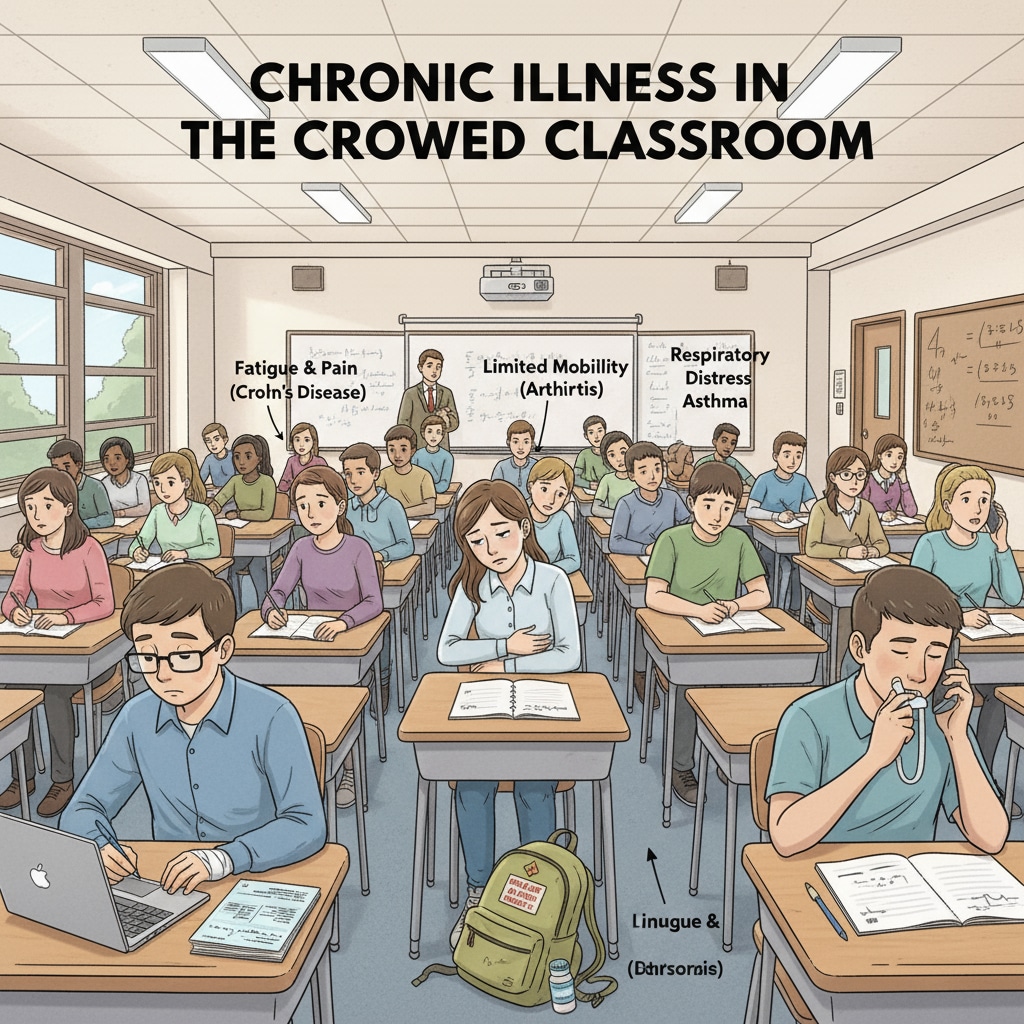Chronic diseases, high school graduation, and GED are significant aspects in the lives of many teenagers. Adolescents grappling with chronic health conditions often encounter a unique set of challenges when it comes to completing their high school education. The traditional educational model, while effective for many, has its limitations when catering to these special students.

The Struggles of Chronic Disease Adolescents in Traditional High School
Chronic diseases can have a profound impact on a teenager’s ability to keep up with the rigors of a traditional high school schedule. Frequent doctor appointments, hospital stays, and the physical and mental toll of the illness often result in absences from school. For example, a student with asthma may find themselves missing classes due to sudden attacks or regular check-ups. This can lead to a significant backlog of coursework, making it difficult to catch up. Moreover, the fast-paced nature of high school classrooms may not accommodate the slower learning pace that some chronically ill students require.
Limitations of the Traditional Education Model
The one-size-fits-all approach of traditional high school education is ill-suited for students with chronic diseases. The fixed timetables and standardized curricula do not account for the individual needs and circumstances of these adolescents. Teachers often have large classes to manage and may not be able to provide the personalized attention that a chronically ill student might need. As a result, these students may fall behind academically, which can have a detrimental effect on their confidence and motivation. Additionally, the physical environment of a traditional school, such as long corridors to walk and crowded classrooms, can be challenging for those with mobility issues or weakened immune systems.

Alternative Paths to High School Completion
Thankfully, there are several alternative options available for teenagers with chronic diseases to achieve high school graduation. One such option is the General Educational Development (GED) test. The GED is a high school equivalency diploma that assesses an individual’s knowledge in areas such as language arts, mathematics, science, and social studies. It offers a flexible way for students who have been unable to complete traditional high school to demonstrate their academic proficiency. Another alternative is online learning. With the advancements in technology, many online platforms provide high-quality educational courses that can be accessed from the comfort of home. This allows chronically ill students to learn at their own pace and schedule, without the need to physically attend school. Additionally, personalized education plans (PEPs) can be developed in collaboration with schools, parents, and healthcare providers. These plans are tailored to the specific needs of the student, taking into account their medical condition, learning style, and goals.
In conclusion, chronic diseases should not be a barrier to high school graduation for adolescents. By understanding the challenges they face and exploring alternative educational paths like GED, online learning, and personalized education plans, we can help these students overcome their difficulties and achieve their educational dreams. Chronic disease information on Wikipedia provides more insights into the various conditions that can impact a student’s education. And Education on Britannica offers a broader perspective on educational models and their implications. It’s time to ensure that every teenager, regardless of their health status, has the opportunity to succeed in their educational journey.
Readability guidance: Using short paragraphs and lists helps summarize key points. Each H2 section provides a list of related ideas. Passive voice and long sentences are controlled. Transition words like however, therefore, in addition, for example, and as a result are scattered throughout the text to enhance flow.


